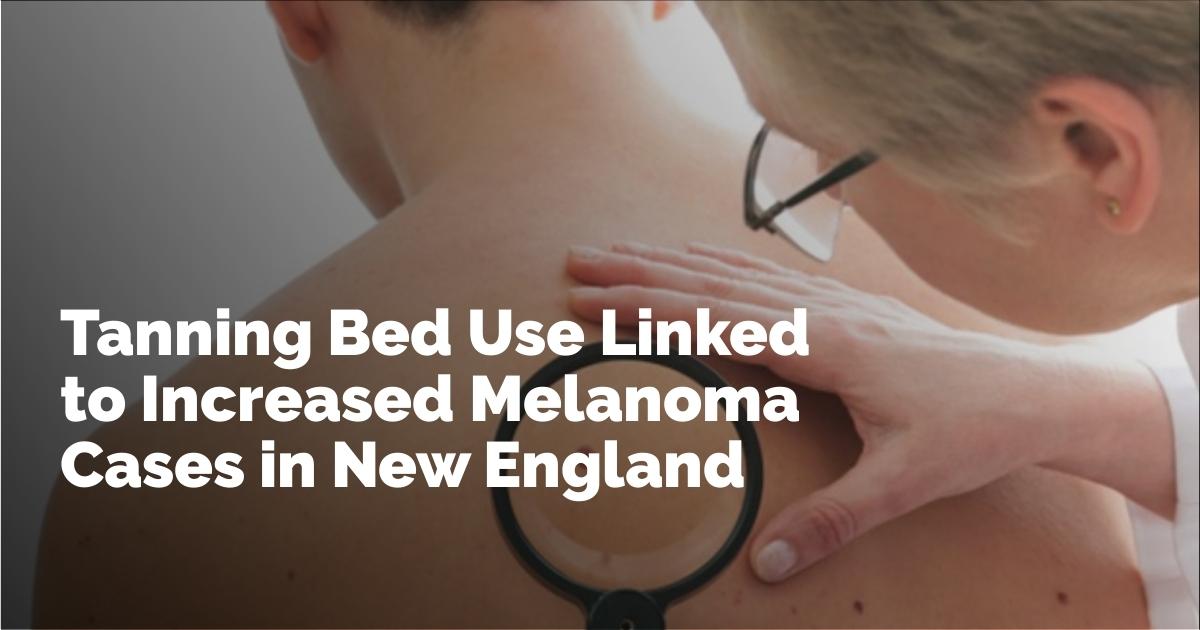Study Links Tanning Bed Use to Rising Melanoma Rates in New England
Melanoma may constitute just 1% of all skin cancer cases in the United States, yet it stands as the deadliest among skin cancers, responsible for the most significant number of skin cancer fatalities. A recent study has delved into the potential connection between tanning bed usage and the increasing rates of melanoma in New England, revealing critical findings that could shape public health strategies to combat this deadly disease.
Understanding Melanoma's Rise
Over the past two decades, the incidence of melanoma across the U.S. has shown an unsettling upward trend. Although the rise in melanoma cases among men has plateaued, women continue to see an annual increase of approximately 1%. This alarming statistic is attributed to various factors, one of the most preventable being exposure to ultraviolet (UV) radiation, whether from the sun or artificial sources like tanning beds. Reducing such exposure remains a frontline strategy in reducing melanoma cases and its ensuing fatalities.
The Investigative Journey
The team behind this major study includes Dr. Oliver Wisco, an Associate Professor of Dermatology at the Warren Alpert Medical School of Brown University, alongside co-first authors Megan M. Tran and Dr. Guixing Wei. These researchers embarked on this study driven by their commitment to understanding and mitigating the impact of melanoma, motivated by firsthand experiences with affected patients. Recognizing the persistent popularity and accessibility of tanning beds, despite their known risks, the team sought to evaluate whether increased access to these facilities correlates with higher melanoma incidence.
Their method involved a detailed geospatial analysis covering New England regions between 2014 and 2018. By leveraging data from sources including the National Cancer Institute State Cancer Profiles and the United States Geological Survey, the researchers identified significant statistical correlations between melanoma incidence and the proximity of tanning bed facilities.
Findings from New England
The study's findings were explicit in conveying a major public health concern: greater access to tanning bed facilities is closely linked to higher melanoma rates within New England. Six high-risk clusters, seven low-risk clusters, and one statistical outlier were identified in the region's counties, demonstrating a spatial association that was more impactful than initially expected. Specifically, the research highlighted that for each additional one-minute increase in travel time to a tanning facility within a threshold of 30-minute travel time, the melanoma incidence rate in the same county decreased by 3.46%, with a wider regional decrease of 1.92%.
This strong linkage between tanning facility access and melanoma underscores a need for public health strategies focused on limiting the accessibility and attractiveness of tanning beds. Such steps could lead to significant reductions in melanoma rates.
Comments from the Research Team
Dr. Wisco commented on the results, noting the robustness of the connection between tanning bed usage and melanoma risk. Highlighting the importance of these findings, he suggested they could inform effective public health strategies aimed at curbing tanning bed use, thus reducing overall melanoma incidents and empowering individuals with critical information to protect their skin health.
In concluding remarks, the research team emphasized the importance of geographic evidence in linking tanning beds to melanoma. The association between decreased access to these facilities and lower melanoma rates may point to a promising approach of reducing regional case rates by simply limiting accessibility to indoor tanning.
Challenges Ahead and Expert Insights
Despite increasing awareness of the cancer risks associated with tanning, melanoma remains a significant public health threat. The researchers advocate for future efforts to include comprehensive data on tanning bed usage to further refine prevention strategies. They also call for additional investigation incorporating detailed behavioral data, which could offer further insights into preventive measures against melanoma.
Echoing these sentiments, Dr. David E. Fisher from Massachusetts General Hospital and Harvard Medical School praised the study for its clarity in linking tanning beds to melanoma. He emphasized the necessity of policies that could potentially reduce tanning bed usage and thereby diminish melanoma risks.
In summary, this study functions as a crucial reminder of the preventable nature of many melanoma cases. By addressing the access and use of tanning beds, there lies an opportunity not only for significant reductions in melanoma incidences but also for improved public health outcomes across affected regions like New England.
출처 : Original Source

